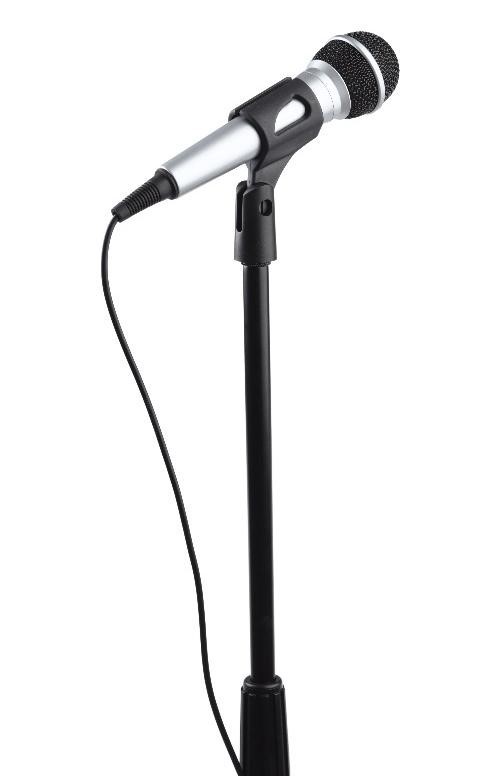Delivering a winning presentation is an art that combines preparation, practice, and performance. Whether you are presenting in a boardroom, at a conference, or in a classroom, the ability to captivate and engage your audience is crucial. Here are some key strategies to help you deliver a presentation that leaves a lasting impression, edited by David Jackson CSP, (Certified Speaking Professional), the Sales Doctor:
1. Know Your Audience … Essential
Understanding your audience is the first step to delivering a successful presentation. Tailor your content to their interests, knowledge level, and expectations. This will help you connect with them on a personal level and make your message more relevant. Many professional speakers do a prepresentation questionnaire giving them an extra tool to present relevant information.
2. Structure Your Content
A well-structured presentation is easier to follow and more impactful. Start with a strong opening that grabs attention, followed by a clear outline of your main points. Use transitions to guide your audience through your presentation and end with a memorable conclusion. Make sure your ending just does not fizzle out … It should be strong and purposeful. Many professionals finish their talk with a question leaving the audience with something to think about.
- Practice, Practice, Practice – The COMMON DENOMINATOR of Champions Rehearsing your presentation multiple times is essential for you to become more comfortable with your material and improve your delivery. Practice in front of a mirror, record yourself, or present to a friend or colleague for feedback. The more you practice, the more confident you will be. Your audience is expecting a professional delivery. Wow them. Practice, practice, practice … And do some more practice.
4. Engage Your Audience
Interaction is key to keeping your audience engaged, no matter whether you are doing a one-hour presentation or a one-day presentation. Ask questions, encourage participation, play games, and use visual aids and music to illustrate your points. Stories and anecdotes can also make your presentation more relatable and interesting.
Special Attire … Many years ago, I was encouraged to purchase several doctors’ outfits in a variety of assorted colours along with a stethoscope, large name badge and yellow rubber gloves. When I walk onstage wearing my sales doctor’s outfit, many in the audience would laugh, smile, and relate so much better to me, compared to me wearing a suit or smart casual attire. Where possible, think outside the circle and see if there is some sort of additional clothing you can wear to set you apart e.g. a fireman hat, a magician’s cloak, a pair of gumboots or a preprinted T-shirt in a wild colour with your name on it.
5. Use Visual and Auditory Aids Effectively
Visual aids, such as slides, charts, videos, and personal testimonials, either hard copy or on video can enhance your presentation and help convey your message more clearly. Ensure your visuals are high-quality, relevant, and not overly cluttered. Beware of death by PowerPoint. They should complement your spoken words, not distract from them. It is important that all your visual aids can be seen from the back of the room by all. Many presentations I have attended, use small font in soft colours that cannot be seen. Beware.
THE 10 20 30 RULE … This is a great rule to follow the making winning presentations.
10 … Use no more than 10 slides for PowerPoint
20 … Make your presentation no longer than 20 minutes
30 … Make the font size on the PowerPoint slides larger than font size 30 for easy viewing
Auditory aids really make all the difference, when used correctly. There is nothing better than walking into a presentation with mood music already playing. I recently attended a large conference with her thousand plus people. When I arrived, they were playing a whole lot of very motivational and inspirational music, with many in the audience dancing and singing prior to the first presenter presenting.
It sets the scene for the day. Special music can also be used for breaks, the resumption of the talk or heralding announcements during the day.
6. Manage Your Time
Time management is crucial in a presentation. Many professional presenters use a stopwatch or alarm clock to make sure they are perfectly on time with the various parts of the presentation Stick to your allotted time and avoid going off on tangents. Practice pacing yourself to ensure you cover all your points without rushing or dragging. A true sign of a professional.
7. Handle Questions Confidently
Be prepared for questions from your audience. Listen carefully, respond thoughtfully, and do not be afraid to admit if you do not know the answer. Handling questions confidently can reinforce your credibility and show that you are knowledgeable about your topic.
A good practice is to advise your audience at the start, that you have a time slot for questions at the end of the program. Ask them to hold the questions till the end when they will be answered in full.
8. Maintain Positive Body Language
Your body language will significantly impact how your audience perceives you. Maintain eye contact, use hand and facial gestures to emphasize points, and move confidently and tall. Avoid negative body language, such as crossing your arms or looking down, as it can make you appear unapproachable.
Where possible, add some laughter and fun to your presentation. It will relax you and be enjoyed by your audience. Also, move around a bit and eyeball different areas of the audience. Most professional speakers do not use a lectern with copious notes. If needed, they keep track of the presentation using an iPhone or I pad.
ACTION … Visit www.4personalitystyles.com to learn about 4 major Personality Styles and how they affect your communications with your prospects.
9. Use Technology Wisely
Technology can be a great asset in presentations, but it can also be a source of problems. Ensure you are familiar with the equipment and software you will be using. Have backups ready in case of technical difficulties. It is incredibly wise to check the day before or early the day of the delivery and check that all the technology is working correctly, well before your talk. If possible, have a Plan B for all eventualities.
10. Reflect and Improve
After your presentation, take time to reflect on what went well and what could be improved. Ask yourself, if I had to do all of that over again, what would I do differently?
Be all honest. Seek feedback from your audience and use it to enhance your future presentations. Continuous improvement is key to becoming a great and popular presenter.
Where appropriate, hand out a valuation sheet prior to your talk and have them collected just before you finish with the promise of a prize for the neatest comments or signed copy of your book or promotional gift pack. A bit of fun!
By following these ten strategies, you will deliver presentations that are not only informative but also engaging and memorable.
Remember, the key to a winning presentation is preparation, practice, and a genuine connection with your audience.
80% of success is showing up … Woody Allen
The journey of a thousand miles begins with one step … Lao Tzu
Continuous improvement is better than delayed perfection … Mark Twain
Good luck from David Jackson, The Sales Doctor







